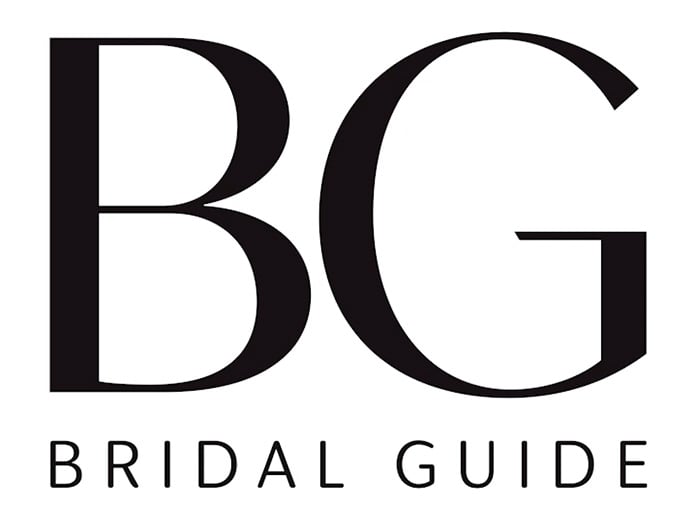Nothing sets a heart aflutter like the dazzling fire of a beautiful diamond. Here's how to select the perfect sparkler.
By: Lori Seto
 |
Diamonds are a study in contrasts, much like love itself. Although it is the hardest natural substance known to man, a diamond's flirtatious play of light led the ancient Greeks to believe that diamonds were delicate splinters of stars fallen to the earth.
Actually, diamonds were created billions of years ago when boiling magma deep below the earth's surface transformed carbon into diamond. The volcanic mass in which this crystallization took place thrust upwards and broke through the earth's surface to cool in diamond-encrusted "pipes." Approximately 250 tons of ore must be mined and processed to produce a one-carat polished diamond of gem quality. First mined in India over 2,800 years ago, diamonds are now found primarily in Africa, Australia, and Russia.
Archduke Maximilian of Austria gave the first diamond engagement ring to his love, Mary of Burgundy, in 1477. It was worn on the third finger of her left hand, a tradition traced back to the Egyptians, who believed that the vena amoris (vein of love) ran directly from the heart to the top of this finger.
Quality Check
|
Care Guide Care for your diamond lovingly and it will always be at its brilliant best. • Remove your ring when doing rough work, gardening, or swimming. Put it in a designated place so you’ll always know where it is. • If you wear your diamond every day, clean it monthly in one of the following "baths" to prevent dirt buildup: warm water with mild detergent; rubbing alcohol or vodka (it dries quickly and doesn’t leave water spots); or a jewelry-cleaning solution (widely available; simply follow instructions). Use a toothpick or soft toothbrush to gently pry dirt loose. Rinse ring and then air dry in a safe place or wipe with a soft cloth. • Store your diamond in a soft pouch or its own jewelry-box compartment so it doesn’t scratch softer jewelry. |
The quality of a diamond is evaluated by what has come to be known as the 4C's: cut, clarity, color, and carat weight. When shopping, narrow the field: Decide what shape, color grade, and size you want first. Next, compare the cut and clarity of different diamonds that meet those parameters.
Carat: A carat is the unit of weight used to measure a diamond. (Jewelers also talk in terms of points; there are 100 points in a carat.) Be aware that the price of a stone may jump after certain weight thresholds. For example, the other 3Cs being equal, a stone weighing 75 points—three-quarters of a carat—can cost up to 48% more than one weighing 69 points, even though you'd need a scale to tell the difference. Between 22 and 25 points, the price can jump by 25%. Between 49 and 50 points; 99 and 100 points; and 149 and 150 points, the cost can rise up to 15% more.
Cut: A diamond's cut refers to the number, placement, and shape of its "facets" (flat, polished planes), which create a finished diamond. The better proportioned the cut, the more brilliant the gem because more light is reflected from one facet to another and then dispersed through the crown, or top, of the stone, giving a diamond its famous fire. Note: If you opt for a less expensive diamond, a brilliant-cut stone (triangular or kite-shaped facets) hides flaws better than an emerald or step-cut stone (elongated, four-sided facets).
Clarity: Flawless diamonds are very rare; most have some inclusions. The grading scale for clarity ranges from "FL" (perfect; no inclusions can be seen using a 10-power magnifier called a "loupe") to "I" (imperfect; inclusions are visible to the naked eye). Most diamonds sold fall somewhere in between, in the VVS1 (very, very small inclusions) to VS2 range, meaning that a stone has inclusions but they are visible only under a loupe.
Color: The less color a diamond has, the better it reflects and refracts light. The grading scale starts at "D" (colorless) and ends with "Z", each letter indicating a progressively more yellow hue. This should not be confused with colored diamonds, however, which come in green, red, pink, blue, canary yellow, and amber.
Shapes: Before choosing a shape, consider this: A round diamond offers more sparkle than "fancy" shapes, the most common of which are marquise, pear, oval, emerald, and heart. Are your fingers long or short? Opposites attract: A marquise, set lengthwise, will make a wide hand look slimmer, whereas round, pear, and heart shapes will balance a narrow hand beautifully.
Getting Down to Business
To evaluate a diamond, hold the stone with tweezers and look at it through a loupe. "Examine the diamond straight on, as if it were in a setting, and see whether it twinkles back at you with a lively rainbow of colors," says Lynn Ramsey, president of the Jewelry Information Center in New York City. "Trust your own eye and, most importantly, listen to your gut. Go to a professional jeweler who has been recommended or is well established in the community."
Make sure to ask about their return or trade-up policy and get a bill of sale that includes a complete description of the 4C's; the dimensions of the stone in millimeters; and whether the stone has been treated in any way to enhance its appearance. (This is not necessarily a bad buy as long as it comes with a repair guarantee.) All of this information is important for both you and your insurance company.
Once you"ve chosen your stone, see our Ring Setting Guide to help pick the perfect home to set it off.



